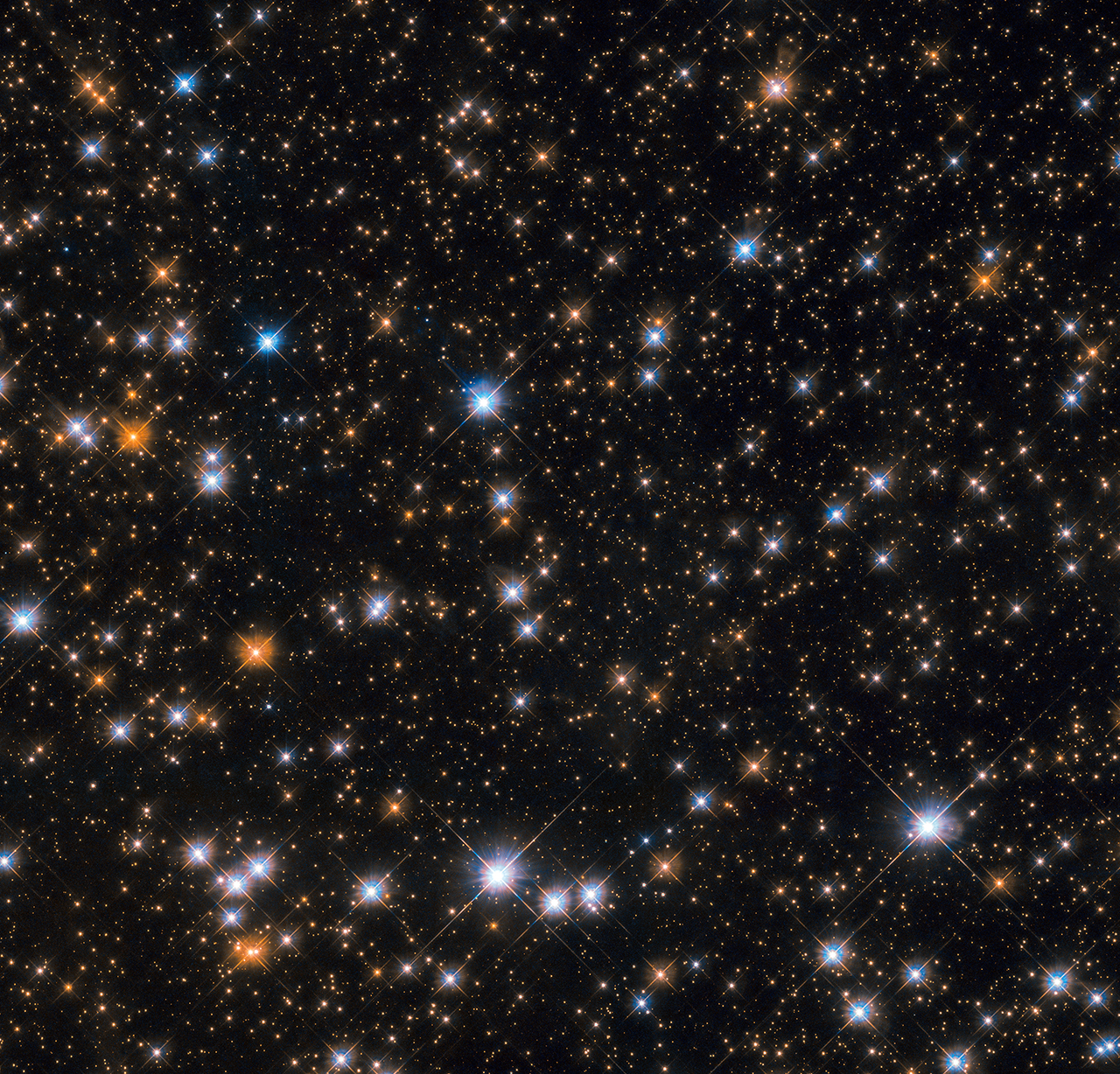
The Hubble Space Telescope has provided us with another space picture for us to marvel at. The telescope has imaged the Messier 11 cluster, a group of stars in the southern constellation of Scutum (the Shield), and it has produced this wonderful image of stars sparkling in the night sky. The Messier 11 cluster is also known by another name: the Wild Duck Cluster, because the brightest stars (shown in the center of the image) look like a flock of ducks in flight.
Messier 11 is somewhat unusual as it is one of the few open clusters ever imaged by Hubble. Hubble usually images globular clusters, which are densely packed groups of stars which are drawn close together by gravity. An open cluster, by contrast, is only loosely held together by gravity.
While globular clusters can be very old, with the same group of thousands of stars moving together for millions of years, open clusters have a shorter lifespan. When stars in an open cluster pass by another strong source of gravity like a larger cluster or a black hole, they are easily drawn away from their cluster. This means that the cluster breaks up relatively quickly.
This particular open cluster was discovered by the German astronomer Gottfried Kirch in 1681. It is composed of nearly 3000 stars and is located 6200 light-years from Earth. This makes it one of the richest and most compact open clusters currently known to science. It was imaged by Hubble in 2017, but this newer image was recently processed and chosen as Hubble’s picture of the week.
The Messier catalogue, a list of clusters, nebulae, and galaxies that can be seen in the night sky first compiled by astronomer Charles Messier in 1771 and still used by astronomers today, contains just 26 open clusters out of 110 astronomical objects. Of these 26 open clusters, Messier 11 is the most distant one that can be seen with the naked eye.
If you’re hoping to glimpse Messier 11 for yourself, then August is the best time to look to the skies.



